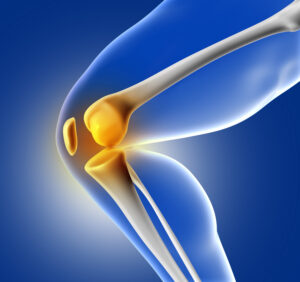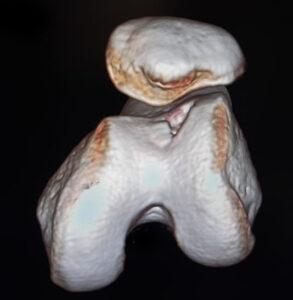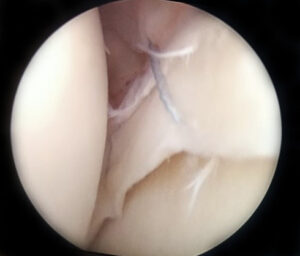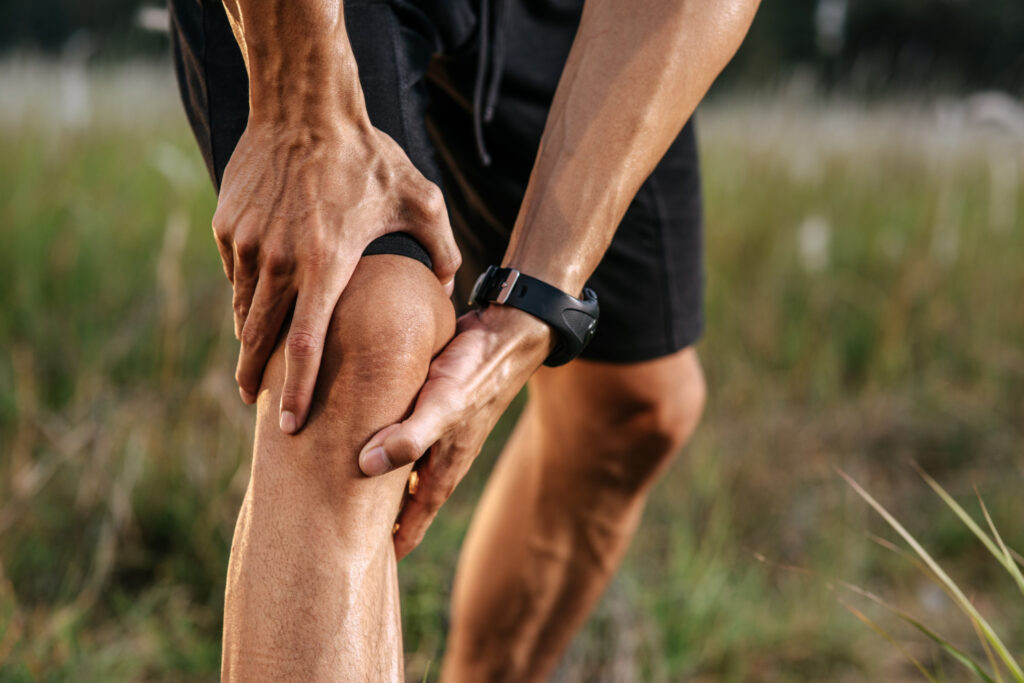Top 7 Most Common Knee Injuries That young Athletes Face
Whether you play sports or just like to stay active, it’s really important to know about common knee injuries, what they feel like, and how to treat them. A little pain now could turn into a big problem later if you don’t take care of it. Knowing when something is wrong with your knees let us do the right things to fix it. Remember, it’s always best to talk to a doctor if you’re worried about your knees. Keep reading to learn about 10 common knee injuries, especially for athletes!
problem later if you don’t take care of it. Knowing when something is wrong with your knees let us do the right things to fix it. Remember, it’s always best to talk to a doctor if you’re worried about your knees. Keep reading to learn about 10 common knee injuries, especially for athletes!
-
Patellar Fracture:
A patellar fracture is a serious and one of the common knee injuries that can cause major problems. It happens when you fall right onto your kneecap, overuse your knee, or get hit directly on it. If too much pressure is put on the bone, it can break.
Symptoms include:
- Sudden sharp pain in the front of the knee,
- Swelling,
- Feeling a gap in the kneecap, not being able to lift your foot, and sometimes the knee looks different.
Diagnosis:
To diagnose a patellar fracture, Dr. Preetesh will usually begin with a physical examination of the knee, checking for swelling, tenderness, and any visible deformity. He may also assess your ability to move your knee and bear weight on it. Following are the imaging tests:
- X- Ray
- MRI
- CT- Scan
Treatment
Treatment might mean fixing the bone alignment, having surgery, or using things like knee braces, casts, or crutches to protect the knee. Athletes can work on getting their knee back in shape slowly and safely through rehab exercises.
People who break their kneecap usually get better completely with the right care. They can start playing sports again in a few weeks or months, but they need to be careful and follow their physiotherapist’s or specialist’s advice. If they don’t rehab properly, the broken kneecap could lead to other problems like arthritis or knee pain.
2. Knee Dislocation
Mainly, Knee Dislocations, is one of the common knee injuries, and it’s two types are:
- High-velocity- It usually happens from strong impacts, like car crashes.
- Low-velocity ones usually happen during sports activities. Athletes get knee dislocated when they suddenly twist or change direction while their foot is planted. This often occurs in sports such as soccer, cycling, skiing, gymnastics, and long jump.
Symptoms:
Signs of a knee dislocation include:
- Quick swelling
- Severe pain and tenderness
- Kneecap that moves too much (hypermobile patella)
- Knee looks different than normal
- Feeling less sensation or not feeling a pulse below the knee
Diagnosis
To see how severe the injury is, the doctor will first check the pulses in your foot, especially since knee dislocation can often cause damage to blood vessels.
Followed by the below:
- X- Ray
- Ultrasound.
Treatment
Treatment involves putting the lower leg back in place (called reduction), surgery to fix the knee and blood vessels, and keeping the knee still to stop more damage.
Dislocations are very serious injuries. Even though you can get better, the knee might not be as strong as before. Doctors often suggest using supportive wraps or devices to protect the knee and keep it from getting hurt again.
3. Quadriceps & Hamstring Strains- One of common knee injuries
Quadriceps and hamstring strains are common knee injuries that happen when the muscles in your thighs get stretched or torn. Your quadriceps are the muscles on the front of your thigh, and your hamstrings are the muscles on the back of your thigh. When these muscles get strained, it can cause pain, swelling, and difficulty moving your leg.
Symptoms of Quadriceps and Hamstring Strains:
- Quick, sharp pain in the front (quadriceps) or back (hamstrings) of your thigh
- Swelling and bruising
- Trouble walking or putting weight on the hurt leg
Treatment:
To help these injuries, usually, you need:
- Rest, ice, compression, and keeping the leg up (called RICE) to reduce swelling and pain.
- You might also need physical therapy to make your muscles strong and flexible again
4. Patellar Tendonitis- One of common knee injuries
Patellar Tendonitis, also called “jumper’s knee,” happens when your knees get too much stress. It is one of the common knee injuries that happens to atheletes. Athletes who do a lot of jumping, like in volleyball or basketball, often get this injury. It can also happen if you suddenly increase your workouts or exercise on hard surfaces like concrete. The extra strain causes small tears in the tendon, making the muscle swell up.
Symptoms
Signs of Patellar Tendonitis include:
- Pain and tenderness under the kneecap
- Pain gets worse when jumping, running, or sitting for a long time
- Knee feels weak
Diagnosis
To find out what’s wrong, the doctor will press on different parts of your knee to see where it hurts. For Patellar Tendonitis, they’ll press on the front of your knee, under the kneecap. They might also do X-rays, ultrasound, or MRI scans to be sure.
Treatment
Treatment for this injury can include seeing a physiotherapist and doing exercises for a long time to help it heal. If you manage the injury and do your rehab properly, you can get back to your sports.
5. Osgood-Schlatter
The disease is one of common knee injuries from overuse that affects the growth area below the knee, leading to pain and swelling. It mostly occurs in teenagers during their growth spurts and is more common in those who play sports involving running, jumping, and quick movements.
Symptoms of Osgood-Schlatter Disease
- Swelling of the patellar tendon and the bony bump below the kneecap
- Pain, swelling, and tenderness at the bony bump below the kneecap
- More hurting when you do things like running, jumping, or bending down.
- Temporary pain relief with rest
Treatment
Treatment usually includes rest, ice, compression, and elevation (RICE), along with anti-inflammatory medicines and physical therapy to strengthen nearby muscles. Most of the time, the Osgood-Schlatter condition gets better on its own as the growth plate matures.
6. Knee Ligament Injury:
Ligaments are strong bands of tissue around a joint that support and control movement. Knee ligament injuries, often called knee sprains, usually occur from sports injuries, making the knee joint unstable and greatly restricting movement.
The knee is stabilized by four main ligaments that connect the thigh bone to the shin bone, which are:
This ligament helps keep the inner knee stable. The LCL can get injured during activities that involve twisting, bending, or quick direction changes, like when the inside of the knee is hit during a football game.
- Medial Collateral Ligament (MCL):
This ligament supports the outer part of the knee. It’s commonly known as an MCL sprain, which happens when the outer side of the knee gets hit directly, like during football or hockey games.
Symptoms of Knee Ligament Injury:
- A loud popping or snapping sound when the injury happens
- Suddenly intense pain that might stop you from playing your sport
- Bruising around the knee that turns black and blue
- Knee feeling wobbly or unstable
- Swelling within a day after the injury
- Joint feeling loose
- Being unable to put weight on the hurt joint because of pain
- A feeling of instability or the knee “giving way”
Diagnosis:
- Physical Examination: The Doctor will conduct a physical examination of the knee, assessing for stability, range of motion, and areas of tenderness.
- Imaging Studies: X-Ray, MRI, & Ultrasound.
- Specialized Tests:
- Lachman Tests,
- Drawer’s Test
- Valgus & Varus Stress Test
Treatment
Conservative Treatment(Non-surgical):
- RICE Therapy:
- Rest
- Ice
- Compression
- Elevation
Non-Conservative Treatments
Treatment for Acute Injury:
- ACL Repair
- PCL Repair
Treatment for Chronic Injury:
- ACL Reconstruction
- PCL Reconstruction
- Partial Knee Replacement
- Total Knee Replacement
7. Runner’s Knee, Meniscus Tear, ITBS, Knee Bursitis.







